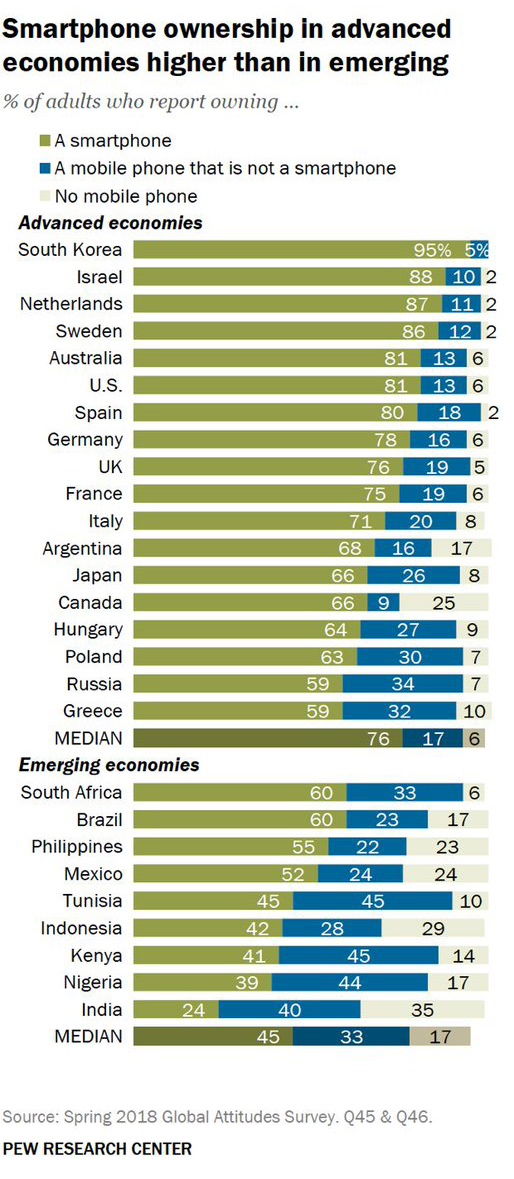How do you create value for your customers? Where do you come up with new product ideas and innovations? What inspires customer experiences that lead to lasting connections? These questions get asked by businesses of all sizes, from mom-and-pop operations to Fortune 500 companies. Coming up with answers to these questions typically involves being able to draw insights from a rich understanding of your consumers’ behaviors, and it all starts with sound market research. A qualitative research method that has gained traction in recent years is mobile ethnography. Researchers and designers have been leveraging this method’s power to answer critical business questions and derive deep insights through unparalleled visibility into the everyday lives of the people that matter most to their businesses.
What is Ethnography Anyway?
Ethnography is a method of qualitative research that involves observing behaviors of subjects on an individual basis. Ethnographic researchers spend hours conducting interviews and collecting context, immersing themselves into the lives of their customers.
Even though traditional ethnography can deliver rich insights, there are quite a few disadvantages to this method as well.
- It requires the physical presence of researchers. This presence tends to alter or interrupt the authentic moments and typical behaviors of some participants.
- It’s time-consuming, which makes it challenging to scale.
- The budgets required are quite large, and the costs can be burdensome for even the wealthiest brands.

Ethnography in the
Digital Age
What if you could lessen the labor and significantly reduce the cost of your ethnographic research? Enter mobile ethnography.
As the age of smartphones and widespread connectivity starts to take over, ethnographic research has also transitioned to become truly mobile. Snapping photos, recording audio, and taking video has almost become second nature for most people worldwide. Moreover, instead of relying on people to self-report their purchase preferences or the problems that they encounter, this methodology focuses on watching and observing behaviors so you can pull out details that were not included in respondent answers.
Now, participants of ethnographic studies have a myriad of ways to provide a window into their daily lives. From shopalongs to video diaries and user experience testing, mobile ethnography delivers insights without external influences or biases from researchers. Plus, all of the data and communications are accessible through intuitive, real-time dashboards that update as data is collected from ethnography apps.
In this digital age, our mobile phones are digital extensions of our lives. This makes mobile ethnography all the more powerful. In a sense, participants are turned into researchers as they document authentic moments as they occur at home or out in the real world. Similarly, mobile ethnography makes it possible for researchers to do their work in any location, at any time, without ever leaving their desks. If you’re a business owner or a research-oriented organization, having an ethnographer in your pocket can give you access to dashboards where you can view hundreds of people’s behaviors instantaneously.
Mobile Ethnography is Practical and Scalable
With mobile ethnography, the costs of travel, time, and equipment are significantly less than that of traditional in-person ethnography. This economic advantage allows researchers to focus on more critical factors in the studies they conduct while also saving on their budgets so that they can conduct more research. Moreover, because mobile ethnography is exceptionally flexible compared to traditional qualitative research, participants can take part for a few days, weeks, or even months depending on the type of study. This longer timeframe allows you to capture a broader range of situations and authentic moments in the everyday lives of your customers.
Additionally, mobile ethnography allows for better scalability. It’s now possible to include a much wider pool of respondents without sacrificing the quality of the material being captured. Logistical restrictions on the number of participants or geography are no longer significant concerns.
Closer than Ever and In-the-moment
No other method of qualitative research can get you closer to people you need to understand than mobile ethnography. It’s frictionless and non-invasive, which means you can capture unadulterated, in-the-moment experiences. With the advanced capabilities of modern mobile devices and ethnography apps, you can find out how consumers think and behave during the moments that matter most to you as participants go about their usual activities.
Having an ethnographer in your pocket means immediate input is available to both respondents and researchers. You can be present in key decision-making moments and be wholly immersed in the customer journey.
Gaining a Better Perspective of Non-Linear Narratives
The lives of your customers rarely ever happen in neat, chronological orders. It’s not just one linear path forward with a beginning, middle, and end; Key decision-making moments can start and end at any time. This is where many traditional qualitative research methods fail because they tend to be linear and miss out on essential details.
With mobile ethnography, it’s possible to go both broad and deep simultaneously by capturing multiple data points of a consumer’s behavior. Researchers can see the narrative play out among several people all at once, making it easier to see pain points and anomalies that can lead to opportunities.
Richer Insights Through Mobile Ethnography
The power of mobile ethnography can be used in a wide range of applications.
- It can be used for bringing surveys and segmentation to life.
- It can be applied to studying user experiences and testing concepts.
- It can serve as an inspiration for the development of a product or service. On top of that, it’s an excellent tool for advertising and marketing as well.
Thanks to mobile ethnography, researchers can understand the deeper contexts surrounding behavioral and emotional triggers. It exposes historical preference drivers that can lead to much better perspectives. As it focuses on analyzing what the consumers do and not what they say they do, researchers can overcome unreliable factors such as memory errors or social and cultural filters and differences. When done right, mobile ethnography can let you peek inside your customers’ minds to discover what really makes them tick. It gives unbeatable insights and unparalleled perspectives that can guide you in developing and growing your brand.

